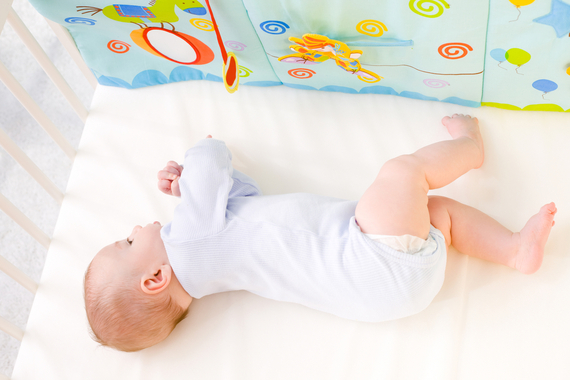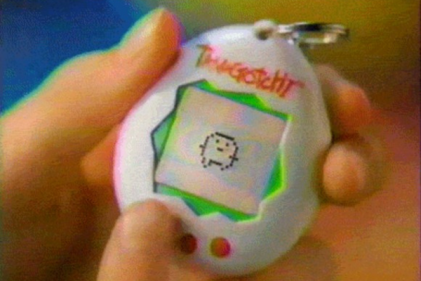 Most children will get nappy rash at some point during their first couple of years. It doesn't mean you failed as a mum – it just comes with the nappy-wearing territory.
Most children will get nappy rash at some point during their first couple of years. It doesn't mean you failed as a mum – it just comes with the nappy-wearing territory.
What is nappy rash?
Nappy rash is most common in babies between the ages of six and 12 months andoccurs when your child’s urine and the bacteria from their stool mix together. This causes the formation of ammonia, which in the right circumstances can irritate your baby’s delicate skin enough to cause a rash. While presence of ammonia is a key factor, it usually needs other factors to cause a rash.
What factors can trigger a rash?
A tight nappy that rubs and stops air from circulating is a common trigger that increases the risk of nappy rash, but here are some other factors which can lead to this uncomfortable skin condition:
- Premature birth
- Teething
- Illness
- Vaccinations
- Antibiotics
- Sensitive skin or a family history of eczema
- An upset stomach or diarrhoea.
- Thrush
- A change in diet, such as weaning or switching from breast to bottle
Many people presume nappy rash is the result of a child being left too long in a soiled or wet nappy – something that results in some ‘mum judgement’. But while this can certainly cause a rash, it’s normally the result of the numerous other factors that can cause a rash.
For instance, a child with sensitive skin can develop a rash from wetness even with the most diligent nappy changer. Similarly these infants may get a rash from the fragrance or other substances in disposable nappies or even the laundry detergent used to wash a cloth nappy. If you feel this is the cause of your child’s nappy rash, you should try switching to another brand of nappy or detergent.
New foods are notorious for causing nappy rashes in children. It’s always best to introduce foods one at a time so you can watch for reactions. Switching from breast to bottle milk can also trigger a nappy rash so be extra vigilant around this time.
Since the area is moist and warm, it is the perfect location for bacteria to thrive. A rash that will not go away could be caused by a bacterial or yeast infection such as thrush. Children who are taking antibiotics are at an increased risk of developing a yeast infection as antibiotics will kill both good and bad bacteria.
If you suspect a bacterial or yeast infection is causing the nappy rash you should consult with your baby’s doctor. Diarrhoea can also cause a nappy rash and will usually upset the skin if not cleaned off right away. If your child is suffering from diarrhoea ensure frequent nappy changes and always use a barrier ointment after each nappy change.
How to treat nappy rash
The best way to treat a nappy rash is to try to keep your child dry and clean and be thorough with nappy changes. Wash your child’s skin at each changing and pat the skin dry. Do not rub the skin. Use an ointment made for nappy rash at each changing. Let your child wear the nappy lose or allow your child to wear nothing to allow the air to aid the skin drying out. ‘Nappy free’ time will provide relief and will aid recovery.
If you think that the rash has had adequate time to subside but does not look any better, call your doctor. Your child may need medication to kill an infection.
Learn more about treatment and prevention of nappy rash.







